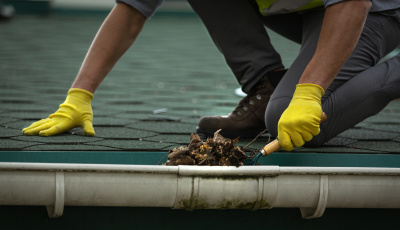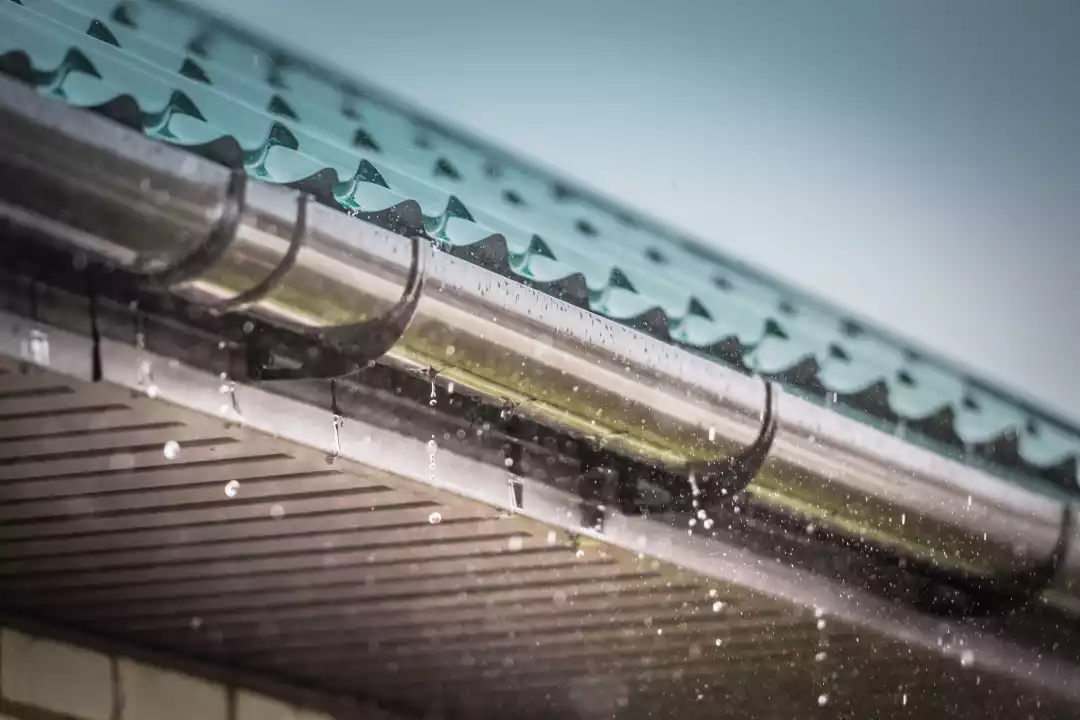How Do You Check If Your Gutters Are Clogged?
Checking your gutters for a blockage is a simple task that can save you lots of money in the long run. With a few simple steps, you can easily identify if there is a problem and carry out necessary repairs. First, it’s important to inspect your gutters from ground level. Look out for any pools of water, sagging, or debris such as moss, leaves, or twigs. You should also check for algae buildup, which can indicate a clog.
If you are unable to reach ground level, you can inspect your gutters from a ladder. When you reach the gutter, look up inside the pipe to check for signs of blockage. If the gutters appear to be blocked, you may need to clean them using a hose pipe or a special gutter cleaning tool. Clearing blockages early can prevent further issues further down the line.
Common Signs Of Blocked Gutters
There are several common signs that suggest your gutters are blocked or in need of attention. A visual gutter check from ground level can show tell-tale signs of blockage such as overflowing water, algae buildup, and visible debris. If you can’t reach the gutters from ground level, a visual check from a ladder might uncover hidden gutter problems like blocked joints or separations in the pipes.
Another indication of a blockage is water trickling down the side of your house, which suggests your gutters are unable to handle an excessive build-up of water. Finally, take a look at the ground around the bottom of the downpipes. If water remains in puddles around the pipe, this suggests a blockage. To prevent blockages, it’s important to have your gutters cleaned regularly, especially in autumn when deciduous trees shed their leaves.

Need assistance finding gutter cleaning near you?
Get a QuoteWhat Damage Can a Clogged Gutter Cause?
It’s easy to forget about your gutters but they play a vital role in protecting your roof. Without a functioning gutter system, water will fall onto your roof and seep into the walls and foundations of your house, potentially causing serious damage. Moisture on your roof can also lead to the growth of mould and mildew, which can cause health problems. Not to mention, depending on the severity of the blockage, you could find yourself with overflowing gutters that flood over onto your patio or garden.
Can Blocked Gutters Cause Subsidence?
Yes, blocked gutters can lead to subsidence. Subsidence occurs when the soil around the foundations of your property becomes unstable and causes your home to sink – a process that’s known as settlement. This is usually caused by excess moisture, either from leaking drains and gutters or from leaking pipes. Too much water in the soil causes it to soften and collapse, leading to large cracks in walls and floors. In extreme cases, serious damage such as collapsed walls can occur.
Should Water Be Dripping Between Gutter and Fascia?
No. If water is dripping between the gutter and fascia, it’s likely your gutter wasn’t installed correctly. The gutter must be fitted firmly to the fascia board in order to be effective. There should be no gaps between the two components that could allow water to escape before it reaches the downpipe. If water does leak through, it could cause rot, dampness, and damage to the exterior walls of your home. To fix the problem, you may need to have your gutter re-fitted by a professional.
Ensuring your gutters are free from debris and blockages is essential in preventing major damage to your home. Regularly checking your gutters is a simple yet effective way to spot any problems before they become more serious.
In this article:

